Hello, my name is Dawn.
I have the pleasure of leading the Digital Programme across West Yorkshire and line managing the WY Digital Team. With 7th September marking my 30th anniversary of working in the NHS, I thought it would be a great opportunity to reflect on some of the changes I’ve seen, with a look at what the future holds.
 I started my NHS journey working in the Personnel Department (now known as Human Resources). My work as an Office Junior meant I had a variety of jobs to undertake. I was lucky to have the use of a computer with WordPerfect 5.1 installed. Getting my head around using a computer rather than a typewriter, as I’d done in high school, was quite a shock. I quickly got to grips with it and soon loved it. Over the years, as software developed, Microsoft Word was introduced. I now had to get to literal grips of using a mouse for the first time. Luckily the old WordPerfect shortcut keys still worked, so I easily adapted and still continue to use a lot of the quick shortcut keys for common activities such as making text bold with Ctrl B. I do love a shortcut!
I started my NHS journey working in the Personnel Department (now known as Human Resources). My work as an Office Junior meant I had a variety of jobs to undertake. I was lucky to have the use of a computer with WordPerfect 5.1 installed. Getting my head around using a computer rather than a typewriter, as I’d done in high school, was quite a shock. I quickly got to grips with it and soon loved it. Over the years, as software developed, Microsoft Word was introduced. I now had to get to literal grips of using a mouse for the first time. Luckily the old WordPerfect shortcut keys still worked, so I easily adapted and still continue to use a lot of the quick shortcut keys for common activities such as making text bold with Ctrl B. I do love a shortcut!
I developed a real interest in using the computer and often helped other people in the team when they were struggling. This encouraged me to apply for a post in the IT Training Department, where I was responsible for teaching other people how to use the Microsoft products but also using some of the core hospital systems. This role was very rewarding, there was always something new to learn and having the ability to show other people how to get the best out of the tools they had available to them, really enthused me.
It was shortly after I moved into this role that emails and the internet were rolled out to every member of staff in the Trust. We were offering face to face training for thousands of members of staff on the basics of even switching a computer on, to being able to send/receive emails and browse the internet. There were lots of people who were very unsure of using computers, some who even refused to use them at first. I really relished the times where people had walked out of the training room really happy and enthusiastic about what they’d learnt. Especially when they then registered for further training to advance their skills. Since then, there have been many changes across the digital agenda with the implementation of electronic patient records, electronic prescribing and ordering of investigations. The use of technology is part and parcel of most roles within health and social care now. In fact, since the start of the Covid-19 pandemic, digital has never been so vitally needed.
The publication of the new Digital Health and Social Care Plan consolidates the different national digital goals and investments detailed in separate sector strategies and guidance into a single action plan for digitisation. The plan sets out clear direction for the future.
So how can we continue to grow and thrive…
Digitising social care records
Ensuring social care providers are capturing data digitally about their residents is proving essential. Not only this but ensuring other health and care professionals can see this data and the care providers can see information from other health care settings. This will ensure there is easy access to information at the point of care and increase efficiencies and safety for all residents. Our local authorities are working with their care providers to progress this work.
This links well with the implementation of our regional shared care record, the Yorkshire, and Humber Care Record. We are focussing on sharing information from our hospitals in the first instance but will be expanding this out to other health and care providers over time.
Putting NHS services in the pockets of our populations
Ensuring more people have access to the NHS App with the ability to view their electronic record. Create more opportunities for using wearable technologies such as blood pressure monitors and sensors. Ensure professionals see a more holistic view of patient metrics, but by providing the summary data from these applications, we can ensure people make more informed choices and keep themselves well.
Digital foundations
Ensuring our organisations continue to follow the national standards set around digital, data and interoperability is crucial. Continuing to be resilient to prevent cyber-attacks and providing faster connectivity for all health and care providers to enable them to make the most of the digital tools available to them.
Building digital skills
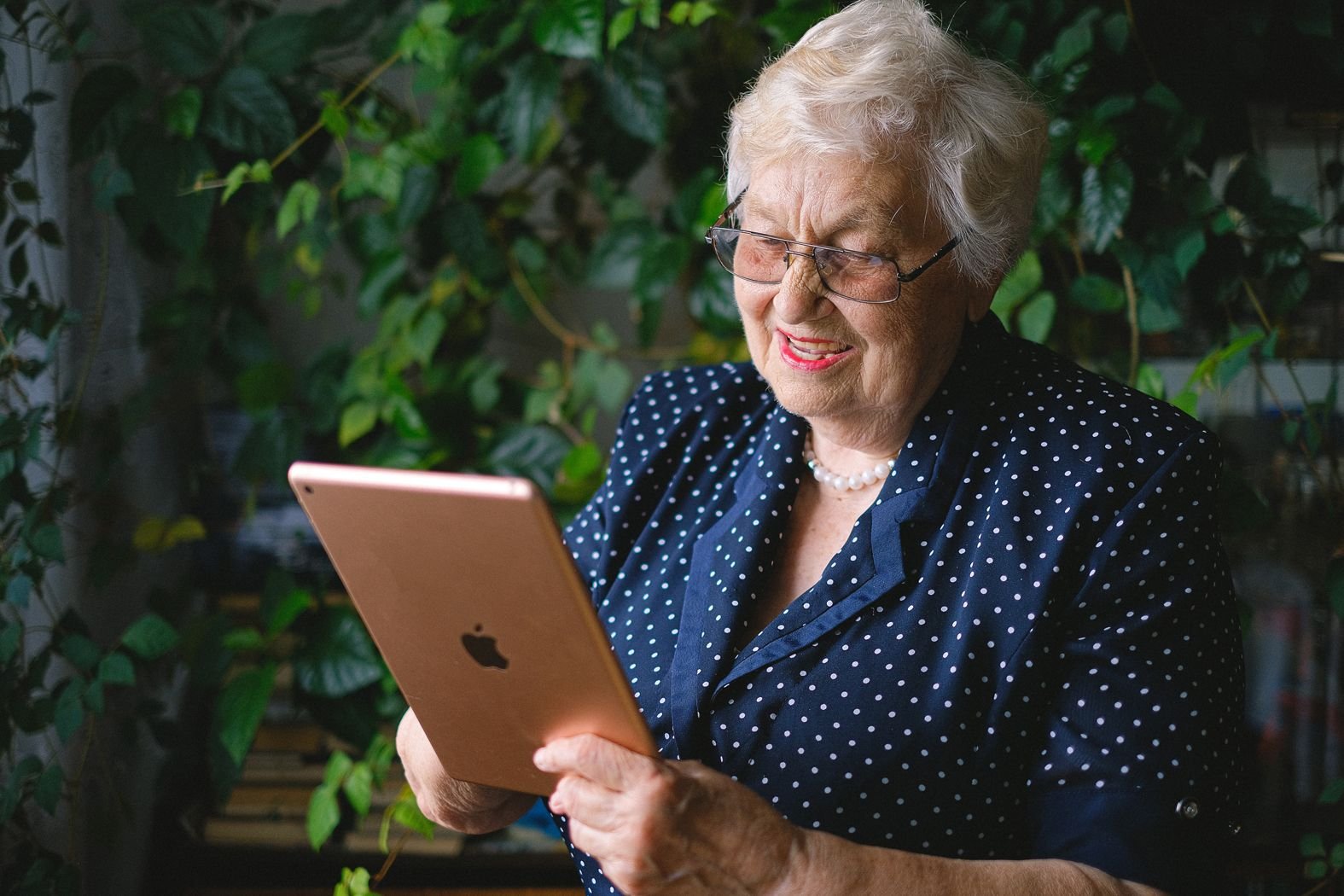 Not only focussing on the technology transformation that needs to happen, but a vital element is to ensure we develop the digital literacy of our workforce and future workforce. Working with partners in the education sector will help to develop relevant learning materials/courses that are suitable to the health and social care workforce.
Not only focussing on the technology transformation that needs to happen, but a vital element is to ensure we develop the digital literacy of our workforce and future workforce. Working with partners in the education sector will help to develop relevant learning materials/courses that are suitable to the health and social care workforce.
These are just some of the key priorities for the digital agenda to give you a flavour of what’s to come. As I’m sure you can imagine, this can’t be delivered by just the WY digital team. We rely on our organisational digital teams, who are working extremely hard to progress with a variety of digital initiatives. We are also forming collaborations with colleagues in the Innovation and Improvement Hub and the Research and Development Programme, to ensure we make the best of our collective resources. These teams of people do some tremendous work and none of this could materialise without their skills, expertise, and capacity.
Thank you for reading.
Dawn


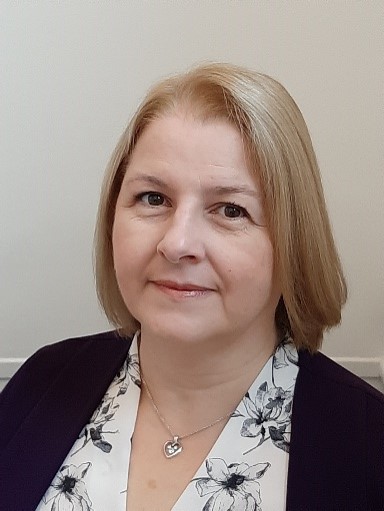 Hello, my name is Lisa.
Hello, my name is Lisa. So, I’m really excited to share with you that, in August, we found out that Wakefield Council had been successful in a Department of Work and Pensions bid for a new local supported employment scheme for adults with learning disabilities, or autism, or both. Only 24 local authorities in England and Wales will receive this funding and two are in the West Yorkshire Health and Care Partnership area, as Kirklees Council were also successful - which is fantastic news! The scheme operates on a place, train, maintain model, so people are not required to be generically ‘work-ready’, they can instead receive the support and training they need to undertake a particular role they are suited for.
So, I’m really excited to share with you that, in August, we found out that Wakefield Council had been successful in a Department of Work and Pensions bid for a new local supported employment scheme for adults with learning disabilities, or autism, or both. Only 24 local authorities in England and Wales will receive this funding and two are in the West Yorkshire Health and Care Partnership area, as Kirklees Council were also successful - which is fantastic news! The scheme operates on a place, train, maintain model, so people are not required to be generically ‘work-ready’, they can instead receive the support and training they need to undertake a particular role they are suited for.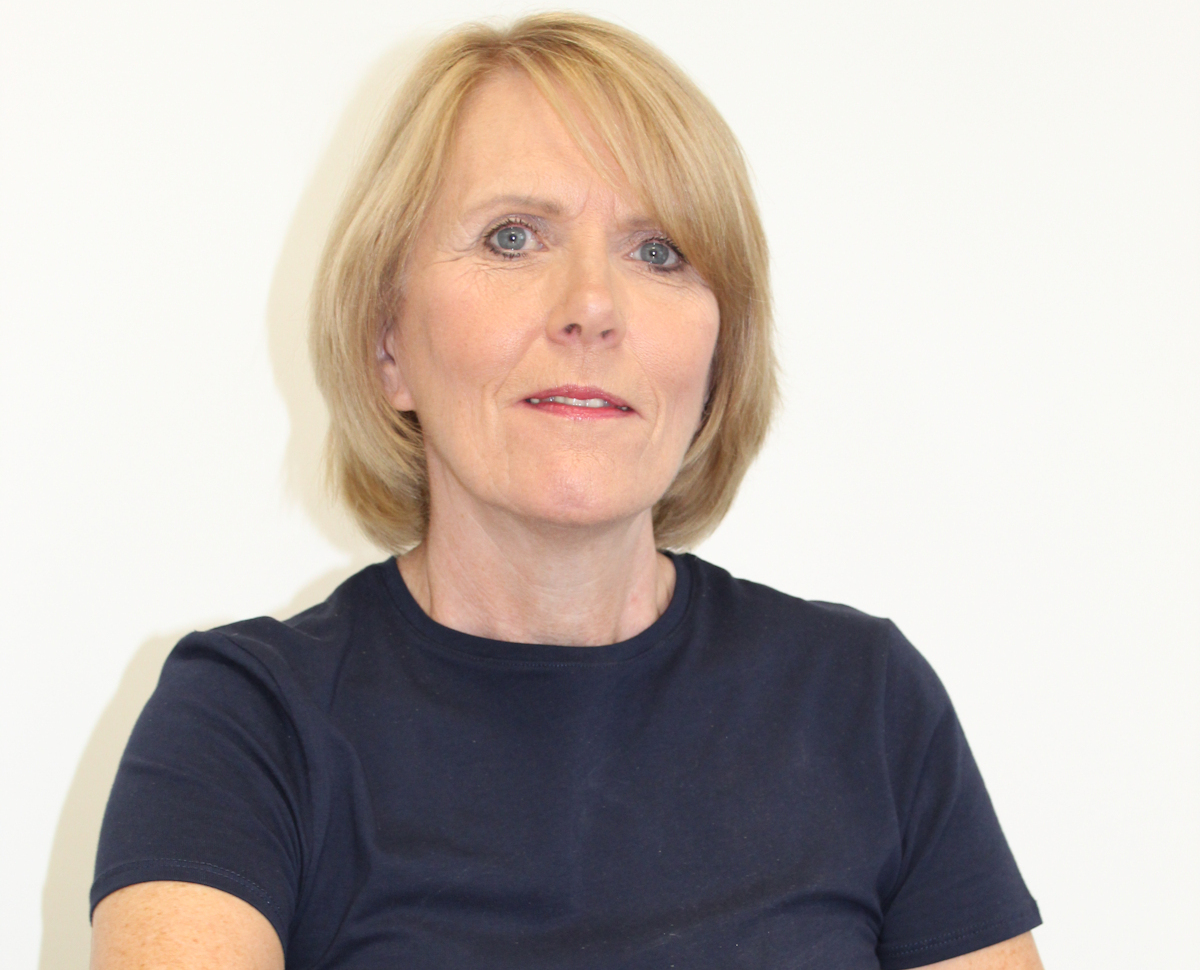 Some of our colleagues had the opportunity to attend the funeral of Queen Elizabeth II on Monday 19 September, including Nancy O’Neill MBE, Chief Operating Officer for Bradford District and Craven Health and Care Partnership, and Steph Lawrence MBE, Executive Director of Nursing and Allied Health Professionals Leeds Community Healthcare and Leeds GP Confederation. You may have seen Nancy on the national news.
Some of our colleagues had the opportunity to attend the funeral of Queen Elizabeth II on Monday 19 September, including Nancy O’Neill MBE, Chief Operating Officer for Bradford District and Craven Health and Care Partnership, and Steph Lawrence MBE, Executive Director of Nursing and Allied Health Professionals Leeds Community Healthcare and Leeds GP Confederation. You may have seen Nancy on the national news.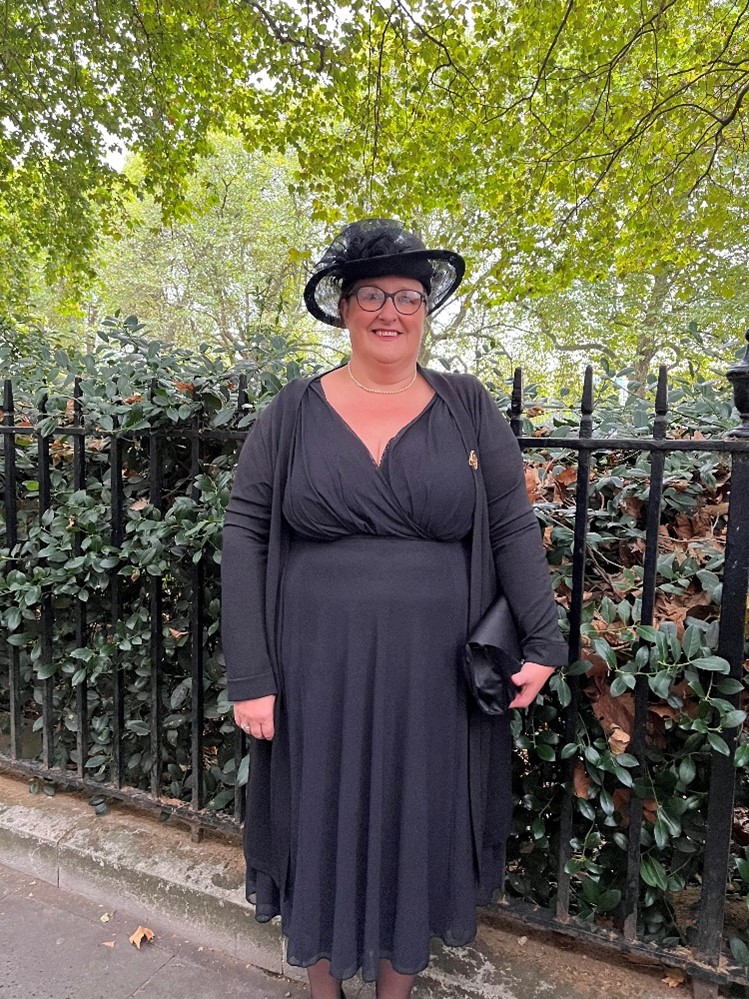 I received the telephone call inviting me from the Cabinet Office whilst out doing clinical work. To say I was shocked is an understatement. I had been chosen as a recent recipient of an MBE in the Queen’s Birthday Jubilee Honours and in particular as I represented community in the NHS. This was followed up with a formal invitation from the palace and a flurry of buying and borrowing activity to ensure I had the right attire for such an amazing occasion!
I received the telephone call inviting me from the Cabinet Office whilst out doing clinical work. To say I was shocked is an understatement. I had been chosen as a recent recipient of an MBE in the Queen’s Birthday Jubilee Honours and in particular as I represented community in the NHS. This was followed up with a formal invitation from the palace and a flurry of buying and borrowing activity to ensure I had the right attire for such an amazing occasion!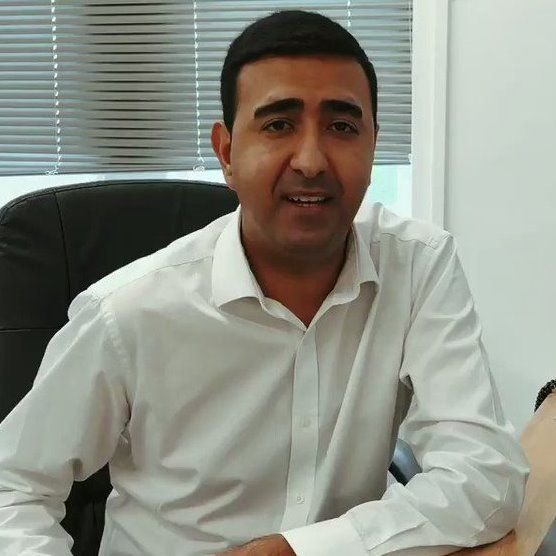 Across West Yorkshire we are looking to increase the number of referrals to the NHS Diabetes Prevention Programme (NDPP) for women who have a previous diagnosis of gestational diabetes mellitus (GDM).
Across West Yorkshire we are looking to increase the number of referrals to the NHS Diabetes Prevention Programme (NDPP) for women who have a previous diagnosis of gestational diabetes mellitus (GDM). 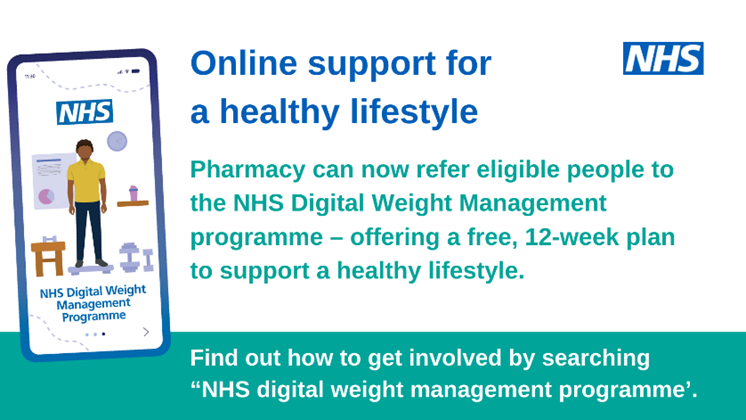 The NHS Digital Weight Management Programme offers online access to weight management plans to those living with obesity who also have a diagnosis of diabetes, or hypertension, or both.
The NHS Digital Weight Management Programme offers online access to weight management plans to those living with obesity who also have a diagnosis of diabetes, or hypertension, or both.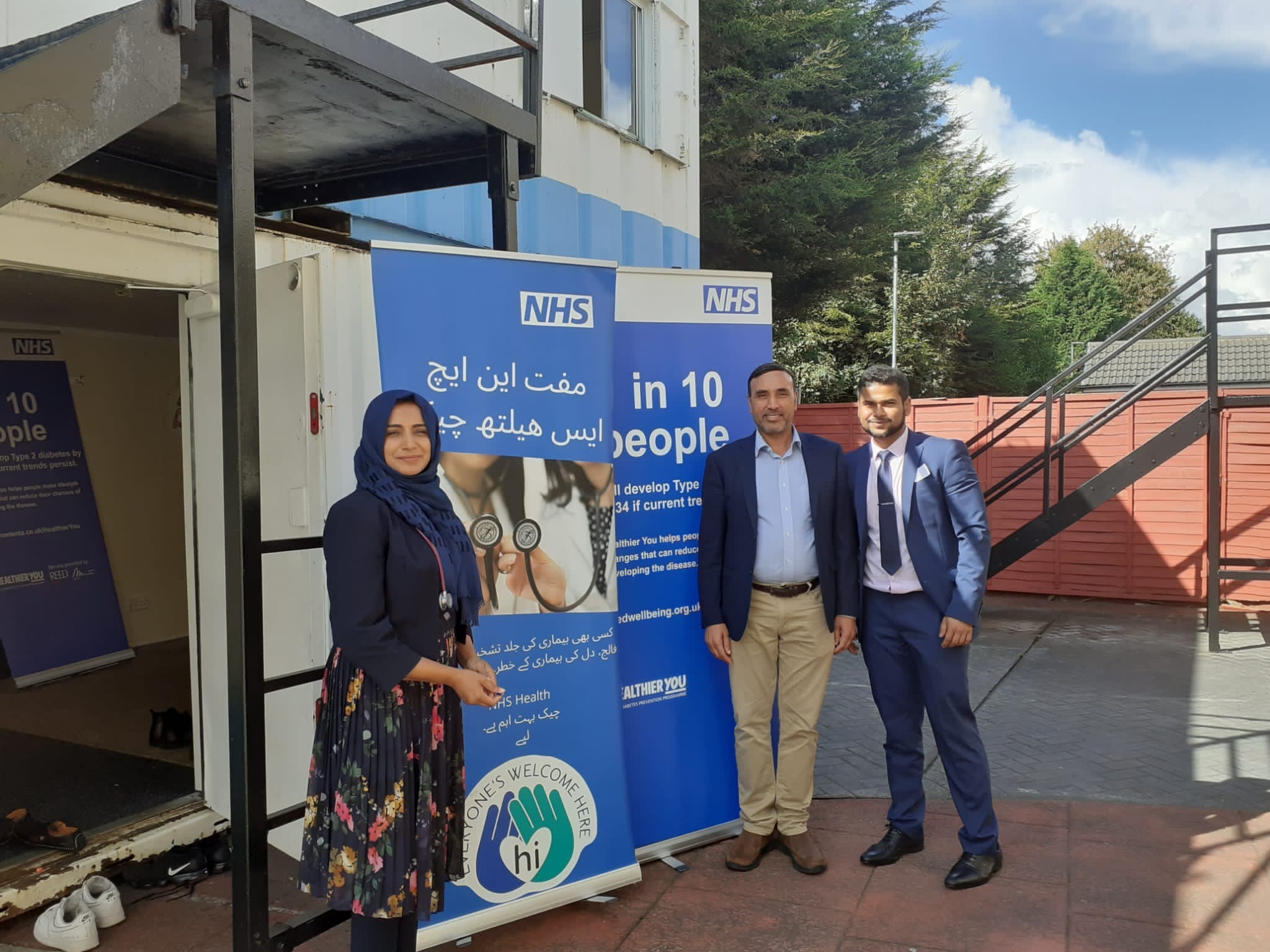 Colleagues attended a pop-up health check clinic at a Wakefield Mosque on 9 September and talked to around 40 people about preventing and managing long term conditions such as type 2 diabetes.
Colleagues attended a pop-up health check clinic at a Wakefield Mosque on 9 September and talked to around 40 people about preventing and managing long term conditions such as type 2 diabetes. Podcasts are a great way to provide people with healthcare information and are particularly helpful for those who are blind or visually impaired. In August, we asked colleagues from our eye care network if they’d be interested in recording a podcast about their own areas of expertise.
Podcasts are a great way to provide people with healthcare information and are particularly helpful for those who are blind or visually impaired. In August, we asked colleagues from our eye care network if they’d be interested in recording a podcast about their own areas of expertise.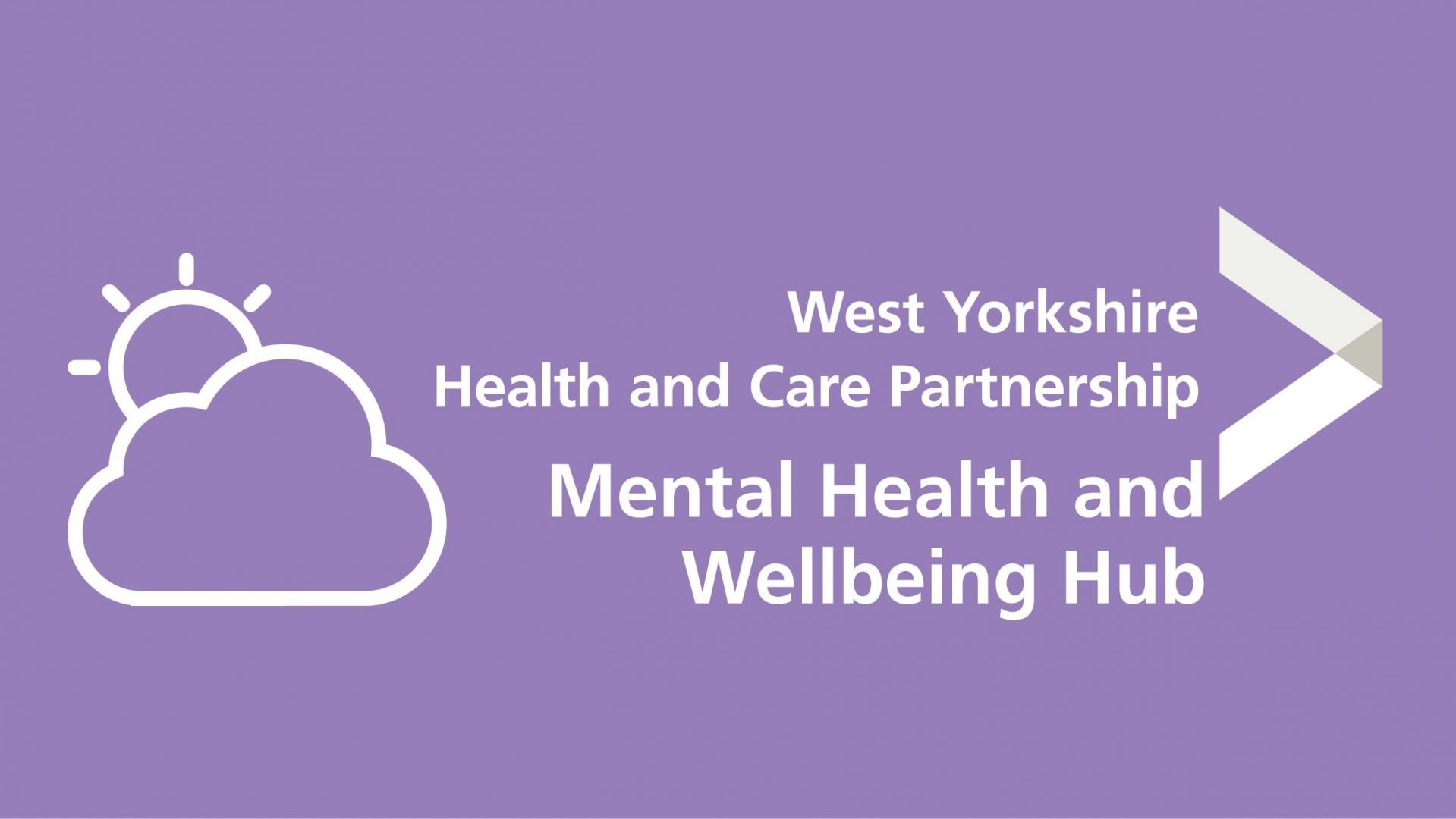
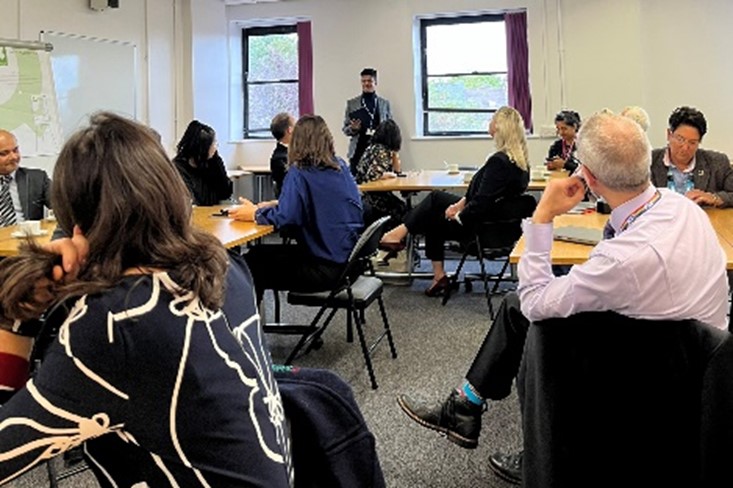 The NHS West Yorkshire Integrated Care Board (ICB) met in public for the second time on Tuesday 20 September at the Carlisle Business Centre in Bradford. The Board is part of new legislation set out in the Health and Care Act 2022, which came into force on the 1 July.
The NHS West Yorkshire Integrated Care Board (ICB) met in public for the second time on Tuesday 20 September at the Carlisle Business Centre in Bradford. The Board is part of new legislation set out in the Health and Care Act 2022, which came into force on the 1 July.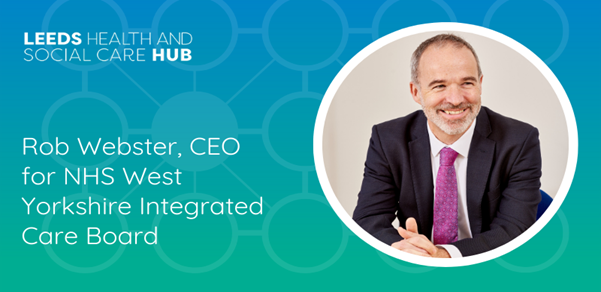 The
The